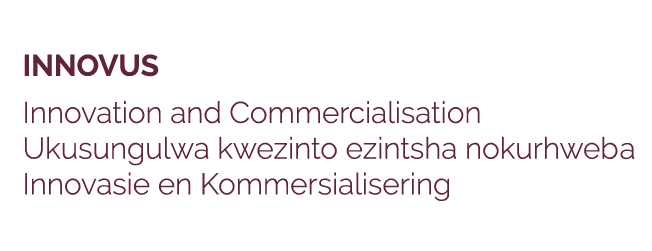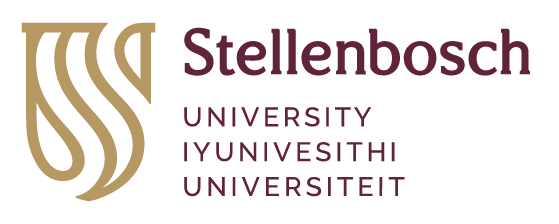If you’re wondering, their name is pronounced ‘sayne’, which is the Afrikaans word for ‘signal’. The driving force, audio recorder and Sein’s system designer, Gerhard Roux explains the name thus, “It’s about managing the signal-to-noise ratio. Being focussed, without being reductive.” This ethos has carried into the business and is also helping them to redefine what ‘standard’ is in the recording industry.
Music, whether for a new album, a Hollywood movie or a small, independent flick, is always an extremely expensive, cumbersome part of the production of the end product. This is important in an age where every high-schooler and their auntie can (and do) record and distribute their own music from their bedrooms. The old models don’t work, unless you’re Universal. Especially if you’re Universal.
What we need is a flexible, highly-skilled operation, that can be anything to anyone, while doing the best work at a reasonable rate.
For years, the music technology department at Stellenbosch University had been making recording sound for a variety of local projects. But, operating as a conventional studio, it just couldn’t keep pace with the billion-dollar budgets of the massive studios. They had the equipment, and the skills, but not the business model to really craft a full-service music production facility that could do what needed to be done for first-time EP-ers, animated score-ers or local, regional films.
And this is where is gets interesting. Gerhard, who has a background in software and systems engineering, decided he could apply agile thinking to their systems and processes. If it worked, it would mean that (the as yet unnamed) Sein could compete with the large incumbents by using smaller teams to work faster and cheaper, while pushing the boundaries, turning up the volume on professional services, without ever having to turn the quality down. In fact, this is what he wrote his thesis on.
To apply this thinking, he needed a strong team. Thankfully many of them (most of whom are multi-award winning) had already been doing cool things together for years before Sein was formalised. They have producers (Luis Magalhães, Carlie Schoonees and Nina Schumann), composers (Arthur Feder and Antoni Schonken) and a full back-end team (Gerhard Roux, Aret Lambrechts and Jesse Dreyer) and all of these fine folks have more than a few feathers in their caps. They write, they score, they compose, record, produce, orchestrate and even have their own record label to look after distribution.
Then their base of operations - the music department at SU - got fully overhaul and modernised. There are now 6 inspired recording areas, all with state-of-the-art equipment, giving them the flexibility to do anything at any time. ‘Submarine’ is a venue that floats within a shock-absorbing rubber shell, with no parallel surfaces. Endler Hall is purpose-built for symphonic ensembles and choirs, as it is an elaborate, acoustically treated, wooden auditorium. Studios A through D are used to record from Submarine and Endler, as well as teach, produce edit and mix – either digital or analogue, depending on the specific need.
It has all come together quite nicely and Sein – as a service provider and a business - is becoming a massive success. For everyone. Even though they’ve had a few “spectacular mistakes” they are creating waves of value that are moving through a number of different worlds. Let me explain.
Firstly, Stellenbosch will always be built for students and their education. However, now students get to work on real-world projects, for real people, rather than theoretical ‘pracs’. And they get paid for their time. The added expectations placed on them has seen the level of education fly through the roof. As Gerhard explains, “We created a skills vacuum, and were blown away by how fast the students rose to fill it.” None of Gerhard’s students will be leaving university without a hands-on experience and a decent, working CV, making them much easier to hire in a year or two.
Secondly, their clients benefit. If you have an album, film score or orchestration to record, they will help. And they will do far more, for far less. Their business model allows them to provide the same quality as an Abbey Road or an Electric Lady studios, but at a fraction of the cost. The team believe in a more sustainable model, where they succeed if their clients do. Another Gerhard gem is, “We only want to make money off the second album.”
Lastly, their own business, commercialised and named with the help of Innovus, is doing things they were told they ‘simply can’t’. They are making traction with the local film and music industries, as well as making a name for themselves overseas. And the profits are arriving as quickly as the new work is.
As good as they are, Gerhard doesn’t believe they could have done it by themselves. The growth may be organic now, but there was a lot to be done before it could function as a stand-alone, spin out business. This is where Innovus came in. While Christi Wiechers took care of a lot of the legwork and administration which, quite frankly, musicians are not well known for. Stefan Du Toit, even with his own background in tech and software, had to learn the industry before he could play a solid role, so that he could guide the business to where it is today.
Making money in music isn’t easy. But thanks to a really revolutionary approach to an old problem, a client-first attitude and a variety of skills, concentrated into one place, Sein are making sure that it is a lot more likely.
Innovus, Stellenbosch University
|
15 De Beer Street
Stellenbosch
7600
South Africa
|
PO Box 3135
Matieland
7602
South Africa
|
|
t +27 (0) 21 808 3826
e info@innovus.co.za
e forms@sun.ac.za |

